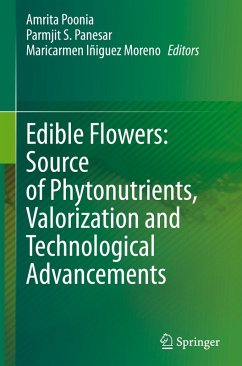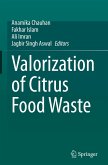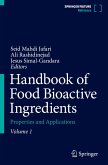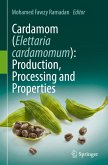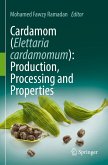Flowers are not only used for decoration of savory dishes and desserts but also provide a unique combination of sensations that enhance the nutritional profile of various foods. Owing to increasing knowledge about the composition, antioxidant and biological properties of edible flowers and availability of metabolomics to identify their chemical components, there are many possibilities for development of nutraceuticals and functional foods using edible flowers. Since edible flowers have antioxidants, fiber, and even some proteins, they can be used in various meal plans. The most common phytochemical compounds found in edible flowers are carotenoids, flavonoids, phenolic acids and anthocyanins. The food industry could benefit by fulfilling the market demand of functional foods through the development of edible flower-based foods, allowing for the valorization of unexplored or underexplored flower species.
Edible Flowers: Source of Phytonutrients, Valorization and Technological Advancements focuses on the most up to date information on edible flowers species, consumer acceptance, nutritional and functional properties, as well as the latest methods for processing, post-harvest management and preservation, biological activity, health benefits, formulation of functional foods, nanoparticle synthesis, safety issues, toxicological effects, cultural uses and current market trends.
Edible Flowers: Source of Phytonutrients, Valorization and Technological Advancements focuses on the most up to date information on edible flowers species, consumer acceptance, nutritional and functional properties, as well as the latest methods for processing, post-harvest management and preservation, biological activity, health benefits, formulation of functional foods, nanoparticle synthesis, safety issues, toxicological effects, cultural uses and current market trends.

